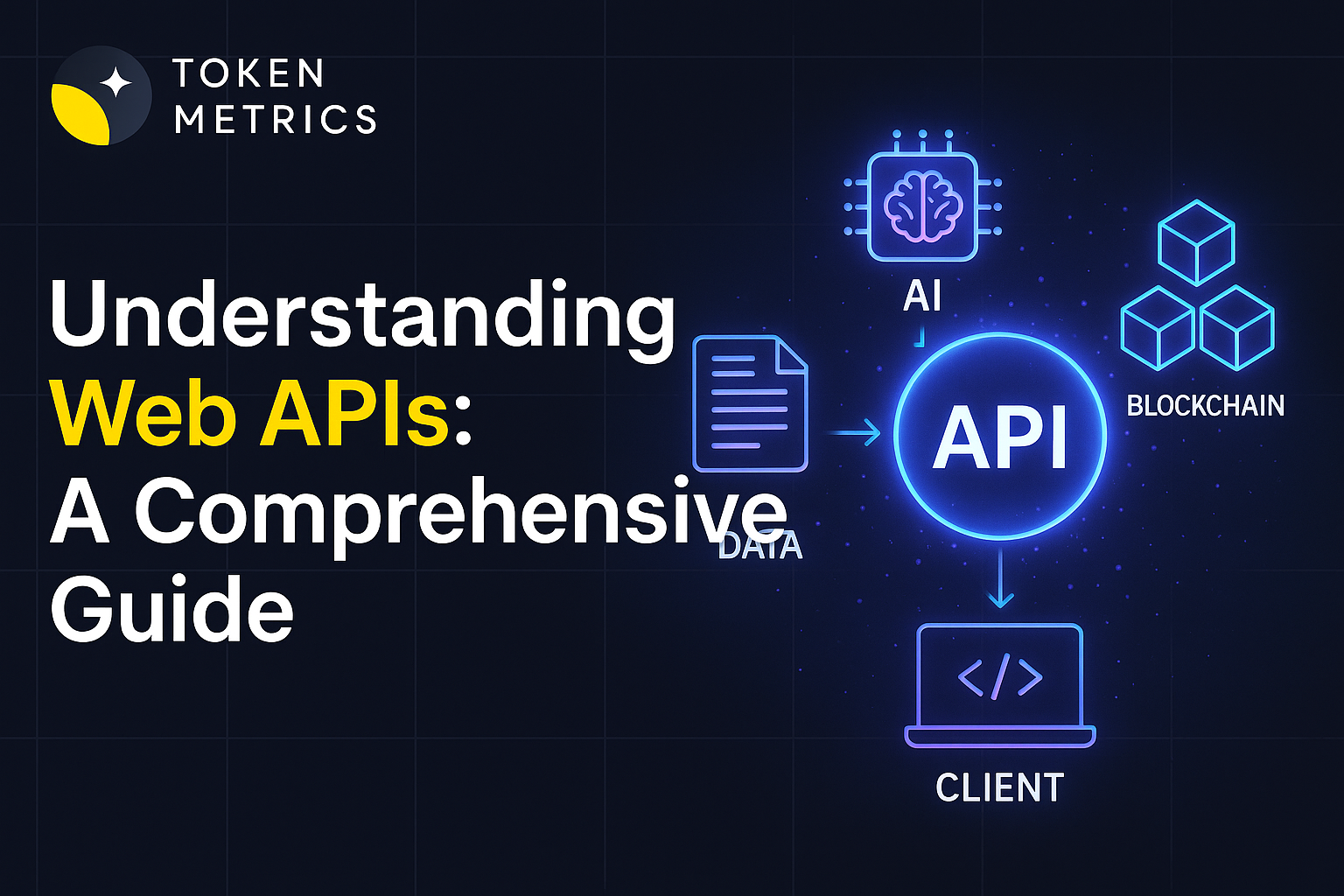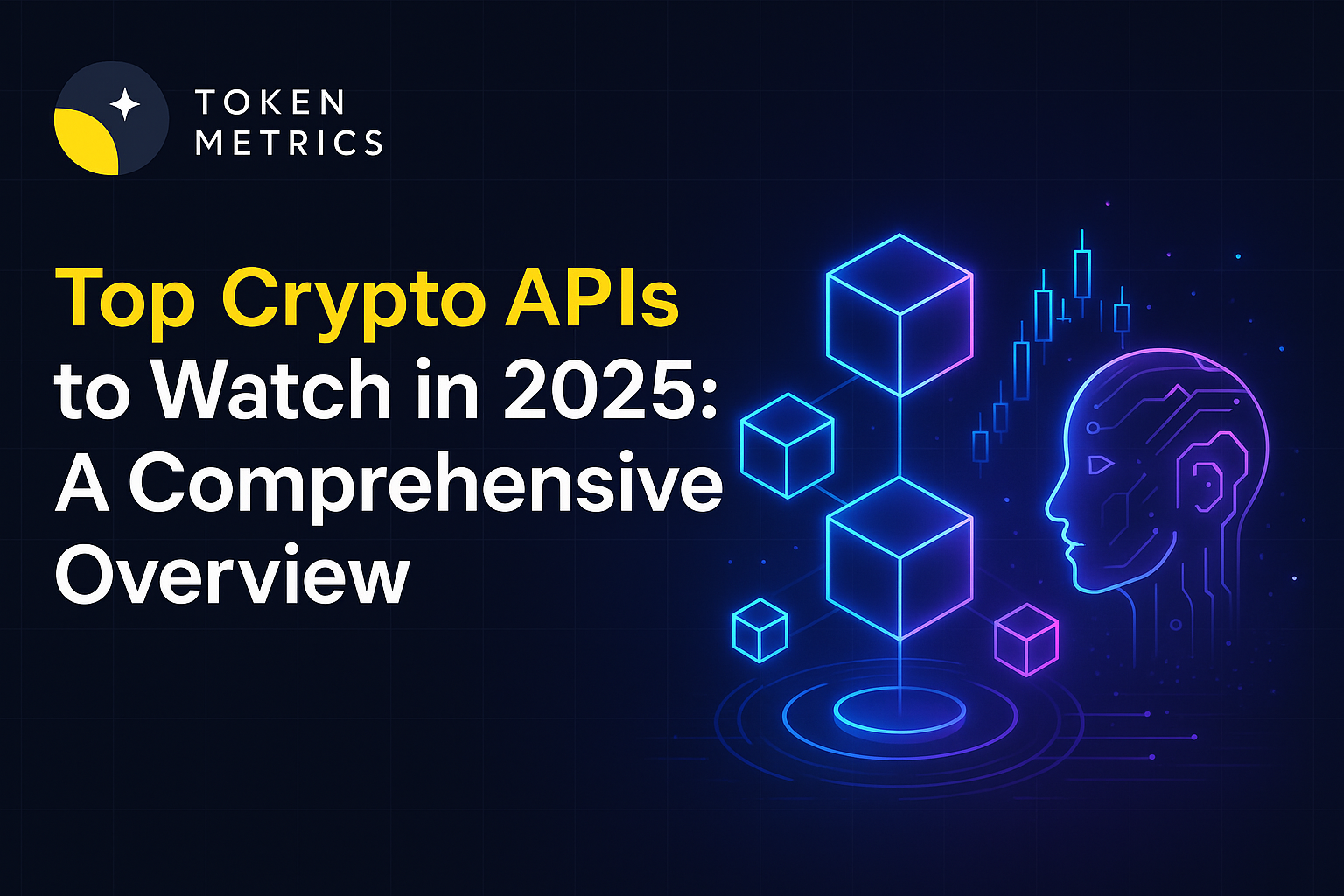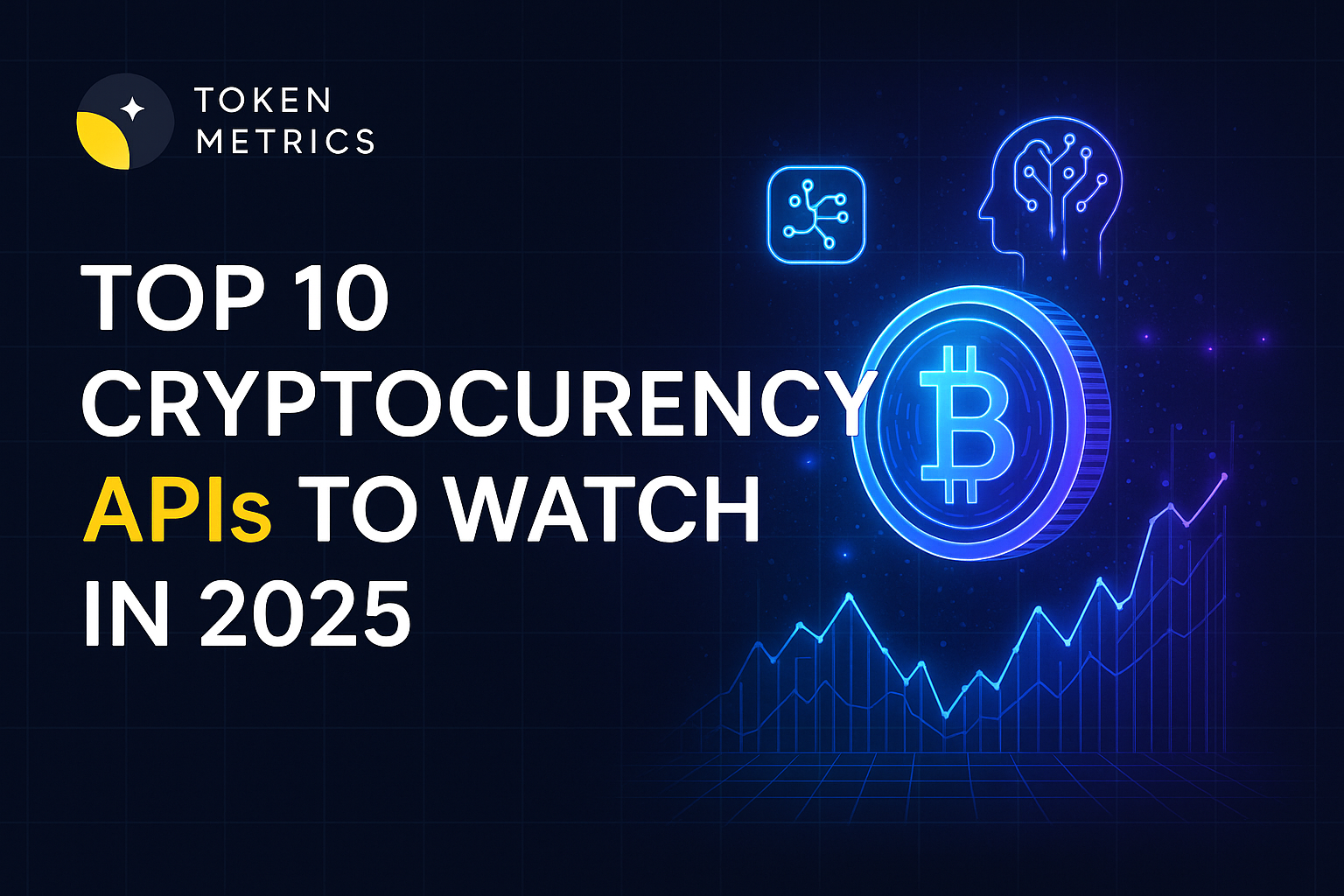The Ultimate Guide to Initial Exchange Offerings (IEOs)

In the world of cryptocurrency fundraising, Initial Exchange Offerings (IEOs) have emerged as a popular alternative to Initial Coin Offerings (ICOs). IEOs provide a more secure and trustworthy platform for startups to raise capital and for investors to participate in token sales.
This comprehensive guide will walk you through everything you need to know about IEOs, including their definition, how they work, their advantages and disadvantages, and tips for a successful IEO fundraising event.
What is an IEO?
An Initial Exchange Offering, or IEO, is a fundraising event where the sale of tokens is conducted through an established cryptocurrency exchange platform.
Unlike ICOs, which a holding company organizes on its own platform, IEOs are conducted by exchange platforms on behalf of the project raising funds. This shift from ICOs to IEOs has occurred due to the loss of trust and confidence in ICOs caused by numerous cases of fraud and scams.
IEOs provide a more secure and regulated environment for both investors and projects. They require a thorough verification process and the submission of a white paper to ensure the legitimacy and viability of the project.
IEOs often implement Know Your Customer (KYC) and Anti-Money Laundering (AML) measures to protect investors and prevent fraud. Overall, IEOs aim to restore trust and credibility in the cryptocurrency fundraising landscape.
How does an IEO work?
The process of conducting an IEO involves several steps to ensure the project's legitimacy and investors' safety.
Firstly, the exchange platform verifies the project, which includes checks to ensure the project's claims are valid. This verification process is crucial to maintain the reputation of the exchange platform and protect investors from scams.
Next, the project must submit a white paper, which serves as an informative document detailing the technical aspects of the product, its architecture, and the problem it aims to solve.
The white paper also includes information about the team behind the project, tokenomics, and the reasons why investors should be interested in the project. After the project passes the verification process and the white paper is approved, the exchange platform sets a date for the token sale.
Investors are required to follow KYC and AML procedures to participate in the IEO. This ensures that only legitimate investors are involved and helps prevent money laundering and other illegal activities.
Once the IEO begins, investors can purchase the project's tokens directly from their exchange wallets. The exchange platform facilitates the token sale and ensures transparency by providing updates on the project's progress to investors. After the IEO is completed, the tokens are listed on the exchange platform for trading.
Advantages of IEO
IEOs offer several advantages over ICOs and other fundraising methods. Here are some key benefits of participating in an IEO:
- Increased Trust and Credibility: IEOs are conducted through established cryptocurrency exchange platforms, adding trust and credibility to the fundraising process. Investors have more confidence in participating in an IEO due to the due diligence performed by the exchange platform.
- Improved Investor Protection: IEOs often implement KYC and AML measures to verify the identity of investors and prevent fraudulent activities. This ensures that only legitimate investors can participate in the token sale and reduces the risk of scams and fraud.
- Better User Experience: Compared to ICOs, IEOs provide investors a smoother and more user-friendly experience. The token sale is conducted directly through the exchange platform, eliminating the need for investors to navigate multiple websites or wallets.
- Regulated Environment: IEOs are regulated according to the rules and guidelines set by the exchange platform. This reduces the risk of fraudulent projects and provides investors with a safer investment environment.
- Access to Established Investor Base: Projects gain access to a large and established investor base by conducting an IEO on a reputable exchange platform. This increases the visibility and reach of the project, attracting more potential investors.
Disadvantages of IEO
While IEOs offer several advantages, there are also some disadvantages to consider. Here are a few potential drawbacks of participating in an IEO:
- Varying Exchange Platform Standards: Not all cryptocurrency exchange platforms have the same level of diligence and regulation when it comes to conducting IEOs. It's important to research and choose an exchange platform that has a good reputation and implements strict standards.
- Listing Fees and Commissions: Listing fees on reputable exchange platforms can be high, and startups may be required to give a commission from token sales to the exchange. These costs can impact the budget and profitability of the project.
- Risk of Pump and Dump Scams: While IEOs are generally more regulated than ICOs, they are not immune to pump and dump scams. It is important for investors to conduct thorough research and due diligence before participating in an IEO to avoid falling victim to such scams.
Other Fundraising Methods in the Crypto Space
While IEOs have gained popularity in recent years, other fundraising methods are also available in the crypto space. Here are a few alternatives to IEOs:
Initial Coin Offerings (ICOs)
ICOs were the dominant fundraising method before IEOs emerged. They involve the sale of tokens directly from the project's own platform. However, ICOs have faced criticism due to the lack of regulation and numerous cases of fraud.
Security Token Offerings (STOs)
STOs involve the sale of security tokens, which are regulated financial securities. These tokens represent ownership in an underlying asset, such as shares in a company or real estate. STOs offer more regulatory compliance and investor protection compared to ICOs and IEOs.
Initial DEX Offerings (IDOs)
IDOs are similar to ICOs and IEOs but are conducted on decentralized exchanges (DEXs). These offerings provide a more decentralized fundraising option, allowing projects to launch tokens on DEXs without needing a centralized exchange platform.
Tips for a Successful IEO Fundraising Event
Launching a successful IEO requires careful planning and execution. Here are some tips to help you navigate the IEO process and maximize your chances of success:
1. Analyze your market scenario and idea
Before launching an IEO, it is crucial to analyze your project and the current market scenario. Understand the market needs and identify any gaps or problems your project aims to solve. This will help you position your project effectively and attract investors.
2. Develop a Minimum Viable Product (MVP)
Established exchange platforms typically list projects that have made significant progress. Having a functional MVP or demonstrating ongoing development is important to gain credibility and increase your chances of being listed on a reputable exchange platform.
3. Choose the right exchange platform
Selecting the right exchange platform is key to the success of your IEO. Consider factors such as the platform's reputation, user base, security measures, and listing requirements. Research and choose a platform that aligns with your project's goals and values.
4. Draft a comprehensive white paper
A well-written and informative white paper is essential for attracting investors and exchange platforms. Clearly articulate your project's vision, technical aspects, tokenomics, and the benefits it offers to investors. Use diagrams and flowcharts to illustrate complex concepts and make the white paper more engaging.
5. Design a professional website
Your project's website is important for providing information to potential investors. Ensure that your website is well-designed, user-friendly, and secure. Highlight the unique selling points of your project and keep the website updated with the latest developments.
6. Develop tokens and set a clear funding goal
Create tokens that will be sold during the IEO and determine the maximum amount of funds you aim to raise. Setting a clear funding goal demonstrates transparency and helps investors understand the purpose of the token sale.
7. Market your project effectively
Utilize various marketing channels, such as social media, press releases, and blogging, to create awareness and generate interest in your project.
Engage with the crypto community, participate in forums, and collaborate with influencers to expand your reach and attract potential investors.
8. Maximize post-IEO promotion
After the IEO, continue to promote your project to maintain momentum and attract more investors. Leverage social media platforms, distribute press releases, and provide regular updates on your project's progress. Engage with your community and address any questions or concerns promptly.
9. Build a strong community
A strong and supportive community can greatly contribute to the success of your IEO. Focus on building a community of genuine supporters who are passionate about your project. Engage with them through social media, forums, and community events to foster loyalty and advocacy.
10. Diversify your investor base
Don't limit your investor base to a single geographical region or language. Consider expanding your reach and targeting diverse communities to attract a wider range of investors. Hire community managers who understand the specific needs and preferences of different regions.
By following these tips, you can increase your chances of launching a successful IEO and attracting the support and investment your project needs.
Conclusion
Initial Exchange Offerings (IEOs) have emerged as a more secure and regulated alternative to Initial Coin Offerings (ICOs) in the cryptocurrency fundraising landscape.
Conducted through established exchange platforms, IEOs provide a trustworthy platform for startups to raise capital and for investors to participate in token sales.
By following the tips and understanding the advantages and disadvantages of IEOs, you can navigate the IEO process effectively and increase your chances of success.
With proper planning, a solid project, and effective marketing, an IEO can be a valuable fundraising tool for blockchain projects.
Disclaimer
The information provided on this website does not constitute investment advice, financial advice, trading advice, or any other advice, and you should not treat any of the website's content as such.
Token Metrics does not recommend buying, selling, or holding any cryptocurrency. Conduct your due diligence and consult your financial advisor before making investment decisions.
Create Your Free Token Metrics Account

.png)




%201.svg)
%201.svg)


%201.svg)










.svg)




.png)